Morteza Mahmoudi, the project director, said the team aimed to develop nanostructures that could help heal and repair damaged heart tissues after a heart attack.
He noted that the research indicates a protein coding gene called FSTL1 (Follistatin-Like 1) has an important role in healing and growing the myocardium tissue, which is the muscle tissue of the heart.
“Myocardium is the most important damaged tissue after heart attack,” Mahmoudi said, “therefore it is necessary for the FSTL1 to be present in the affected area in order to heal the myocardium tissue.”
He went on to add, however, that the amount of this protein is severely reduced after heart attack; “also, even if the protein is produced in myocardium tissue either naturally or through genetic manipulation, it still cannot properly help with the growth and repair of the damaged tissue,” he said.
According to Mahmoudi, in order to fix this drawback, nanostructured collagen scaffolds containing FSTL1 were developed which have the same physical and mechanical properties as a fetal myocardium, namely elasticity and stiffness.
“In other words, these scaffolds can improve the condition of the damaged myocardium by stimulating cell migration and angiogenesis,” he said.
Mahmoudi maintained that the synthesized laboratorial samples (through plastic compression) have been tested on animal subjects (mice and pigs) and have yielded results indicating significant recovery of heart functions.
The results of the search have been published in Nature Magazine, vol. 525, 2015, pp. 479-485.
MS/3011301


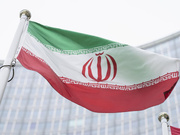
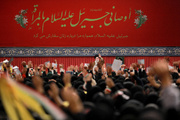
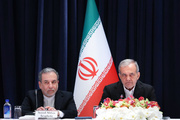



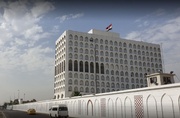










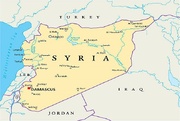

Your Comment